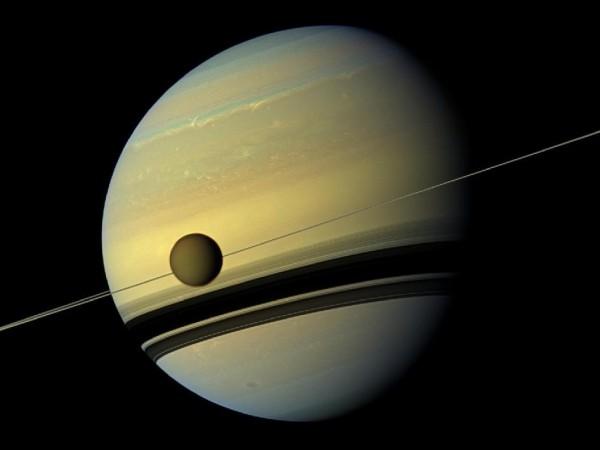
A latest research reveals that the surface elevation of gas giant Saturn's largest moon Titan is similar to that of Mars than Earth.
Also Read: New detailed image of Spaghetti Nebula released
The river maps of Titan, Mars and Earth were analysed to compare them. No occurrence of active tectonic plates have been found on Titan in the recent past, which is similar to the phenomenon observed on Mars, Oman Daily Observer reported.
Plate tectonics cause major changes in the mountains which divert the path of rivers and the researchers found that this feature was missing from the river networks of both Mars and Titan.
"While the processes that created Titan's topography are still enigmatic, this rules out some of the mechanisms we're most familiar with on Earth," lead author Benjamin Black, assistant professor at the City College of New York, was quoted as saying by First Post.
Titan's topography was found to be impacted by processes like alterations in the thickness of its icy crust, which were a result of tides from gas giant Saturn.
The map of river networks of Earth, Mars and Titan were accumulated by the cohort of researchers. Photos of Titan collected by NASA's Cassini spacecraft were used to generate a map of Titan. The spacecraft has been sending Saturn's images since 2004.

Titan is found to be the only celestial body present in the solar system which has rivers filled with liquid methane.
"It's remarkable that there are three worlds in the solar system where flowing rivers have carved into the landscape, either presently or in the past," said Taylor Perron, associate professor of geology at Massachusetts Institute of Technology (MIT).
"There's this amazing opportunity to use the land forms the rivers have created to learn how the histories of these worlds are different," he concluded.
















